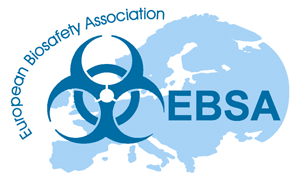Speakers at Pre conference course E. The world of infection - working with infected animal models
Pre conference course E. The world of infection - working with infected animal models
About the speakers
-

Roberto Plasenzotti
Academic Education and Degrees
-
DVM at the Veterinary University Vienna
-
PhD at the Medical University Vienna
-
Specialist for Lab Animal Science
Present Professional Position
Global animal health Manager at SAN-Group
-
Vice chairman of the Austrian animal ethics committee at the Austrian ministry for science and education
-
Former head of the institute of lab animal science and genetics at the Medical University Vienna
-
Board member and founding member of the Austrian 3R center
-
15 years of experience as a Biosafety officer at the Department of Biomedical Research at the Medical University Vienna (BSL1 - BSL3)
-
Member of the committee for education and training at the German society for Laboratory science (GV Solas)
-
-

Uwe Müller-Doblies
Academic Education and Degrees
PhD degree in veterinary medicine(DVM), doctorate in virology & epidemiology, diplomate in veterinary public health (Dipl ECVPH)
Present Professional Position
Director Safety and Environment, Corporate Biosafety Officer, Merck Sharp Dohme
20 years experience in operational and strategic biorisk management, gained in government, academia and private industry. Special focus on physical and procedural biorisk management of high containment facilities, animal facilities, and pharmaceutical plants. Pioneering bowtie risk models since 2009 in complex biorisk management settings (biobowties).
Advocate for sustainable biocontainment and risk based biosafety controls.
